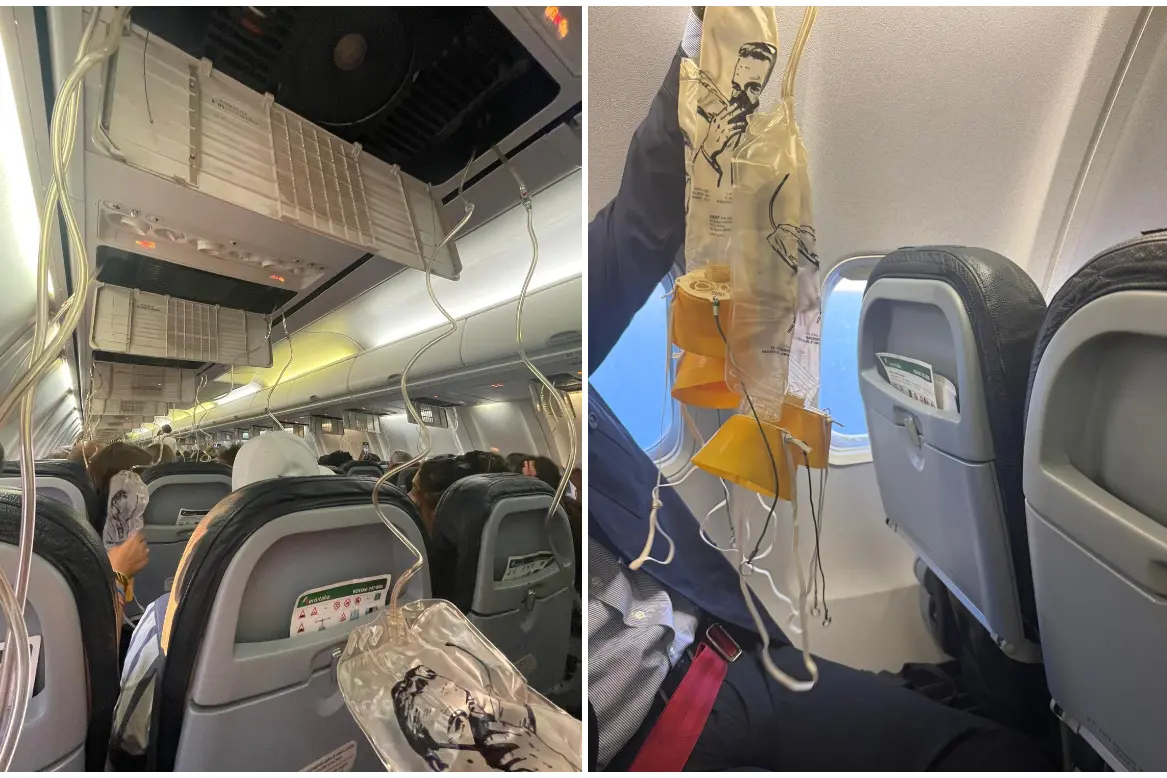Emergency during the Cagliari-Milan flight, two failures on the plane
The investigation revealed faults in the pressurization valvesPer restare aggiornato entra nel nostro canale Whatsapp
Two simultaneous failures in the valves that regulate cabin pressurization . These are the reasons for the emergency declared by the crew of the Cagliari-Milan flight on Tuesday 10 June , on which ENAC has opened an investigation. The failure, later confirmed during ground tests, was signaled by one of the cockpit lights as soon as the Boeing reached the cruising altitude of about 10 thousand meters.
At these altitudes the air is thin and the airplane cabin is pressurized to simulate a lower atmospheric pressure. This makes the trip more comfortable and prevents passengers from suffering from “altitude sickness,” the fatigue that can occur when you go above 3,000 meters. The pressurization system uses the air produced by the plane’s two engines, which is managed through valves. The valve on the left turbine showed a failure . In the meantime , oxygen masks for the 158 passengers on board automatically lowered into the cabin. The pilot then declared an emergency and immediately decided to descend to an altitude of about 3,000 meters to avoid problems. The plane then landed at Linate without difficulty.
The details
Aeroitalia's internal investigation, later included in a report by ENAC, would have also highlighted a second failure of the "outflow valve", the valve that controls the exit of air from the cabin to manage pressurization . Ground tests would have later confirmed that the mechanism was not working well and the valve did not close completely. According to what was ascertained by the surveillance team of the national civil aviation authority, the crew of flight XZ2356 would have correctly implemented all the procedures to be followed in these cases .
All the details on L'Unione Sarda on newsstands and on the digital edition
